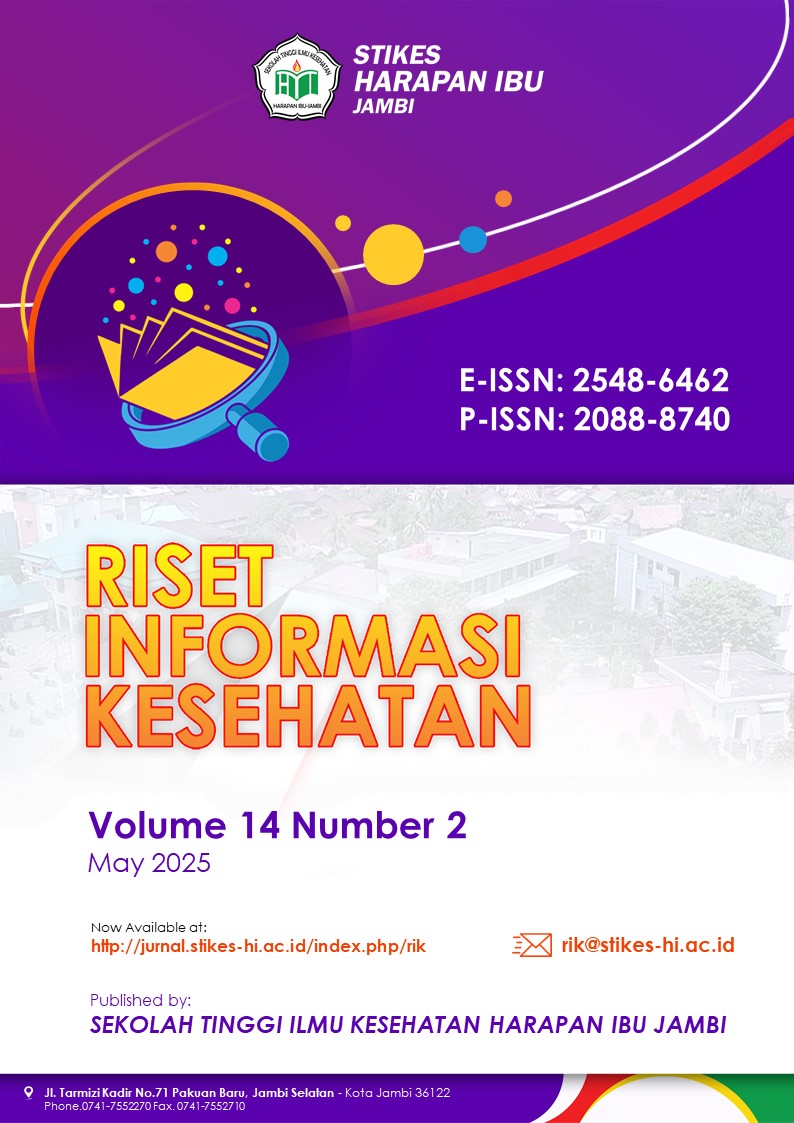Abstract
Background: Infection caused by the bacterium Metihcillin Sensitive Staphyloccous aureus (MSSA) is still one of the infections that often occurs in humans. The emergence of various cases of resistance of MSSA bacteria to various antibiotics both in the community and in hospitals (nosocomial infections), has triggered the development of herbal medicines, one of which is the areca nut (Areca catechu L) which is thought to have antibacterial effects. The purpose of this research was to determine the antimicrobial effect of alkaloids in areca nut extract against MSSA bacteria.
Method: Areca nut was extracted with 96% ethanol using the maceration method and continued with areca nut seeds and fractionation of the alkaloid active substances with ethanol-water, n-hexane and ethyl acetate (1:1) solvents. The sensitivity test of bacteria using the Kirby Bauer disc diffusion method with duplex repetitions. Amoxcillin clavulanat used as standard antimicrobial of antimicrobial test.
Results: The extract components contained are alkaloids, flavonoids and tannins. Furthermore, the resistance test of MSSA bacteria to areca nut alkaloid extract and the amoxicillin antibiotic disc gave results of an average inhibitory zone diameter of 20.33 mm (strong activity) and 22.80 mm (strong activity).
Conclusion: MSSA bacteria showed sensitivity to areca nut alkaloid extract with strong activity.

This work is licensed under a Creative Commons Attribution 4.0 International License.
Copyright (c) 2025 Riset Informasi Kesehatan

